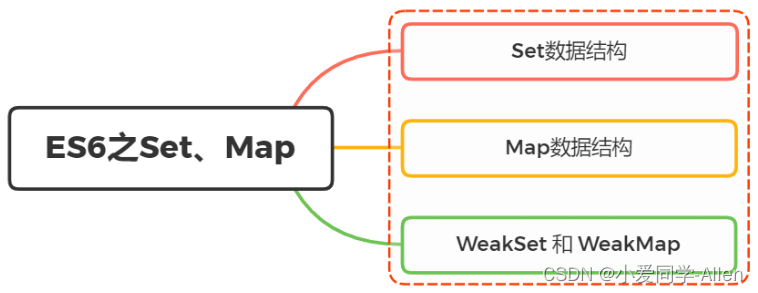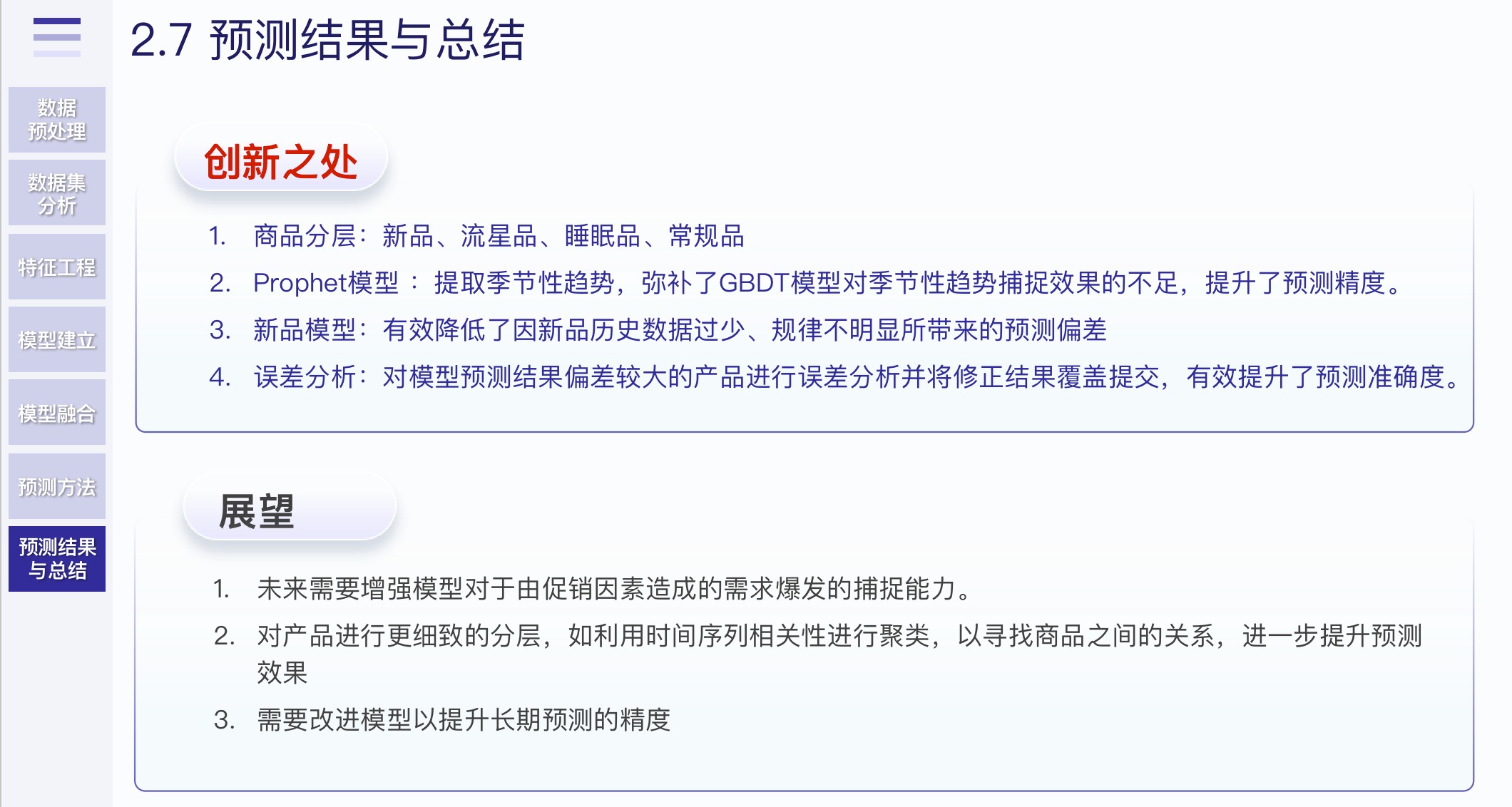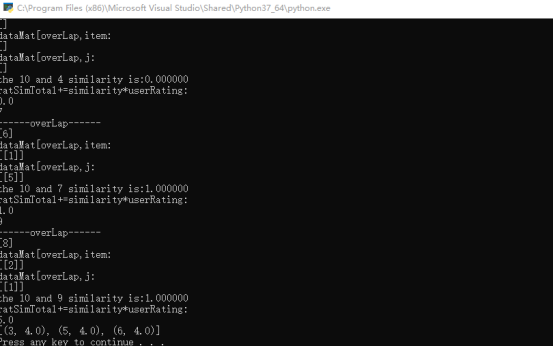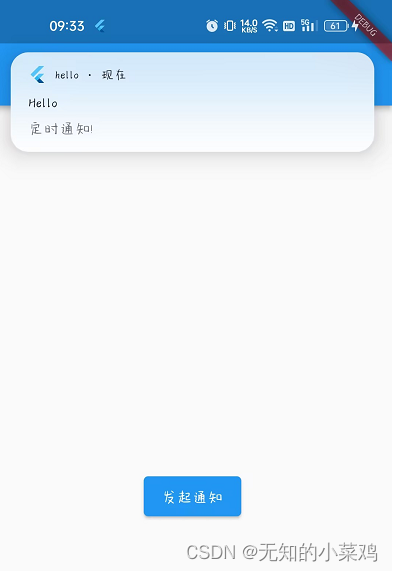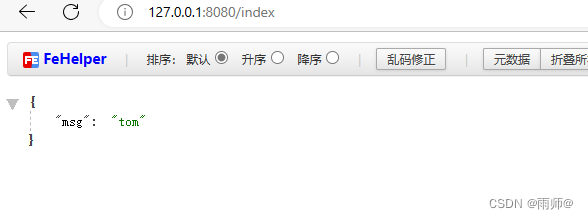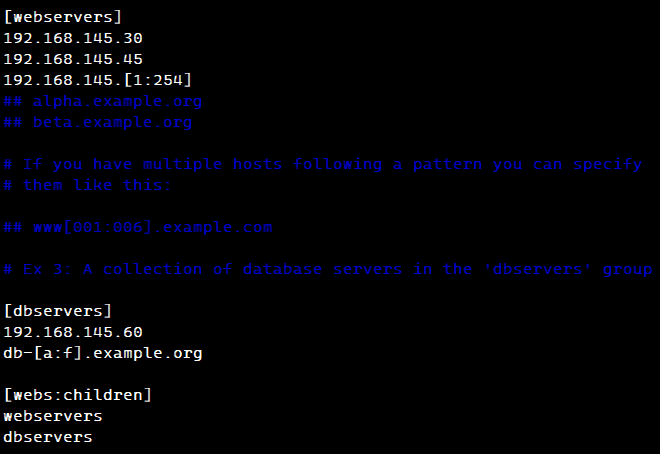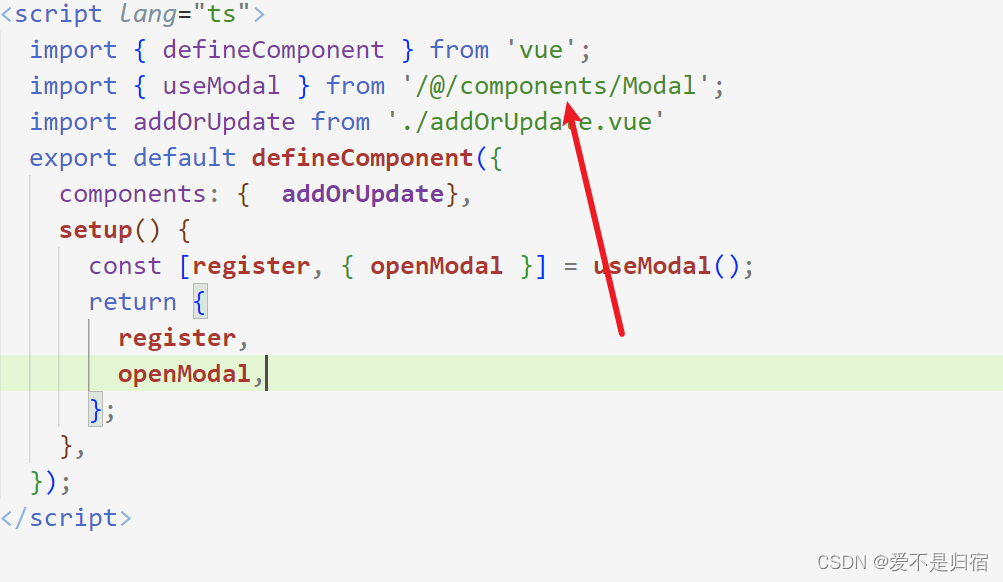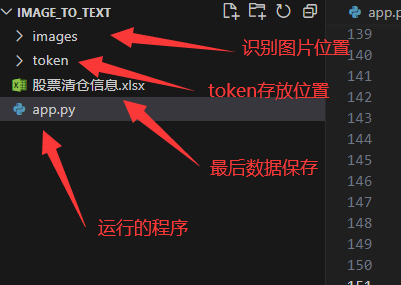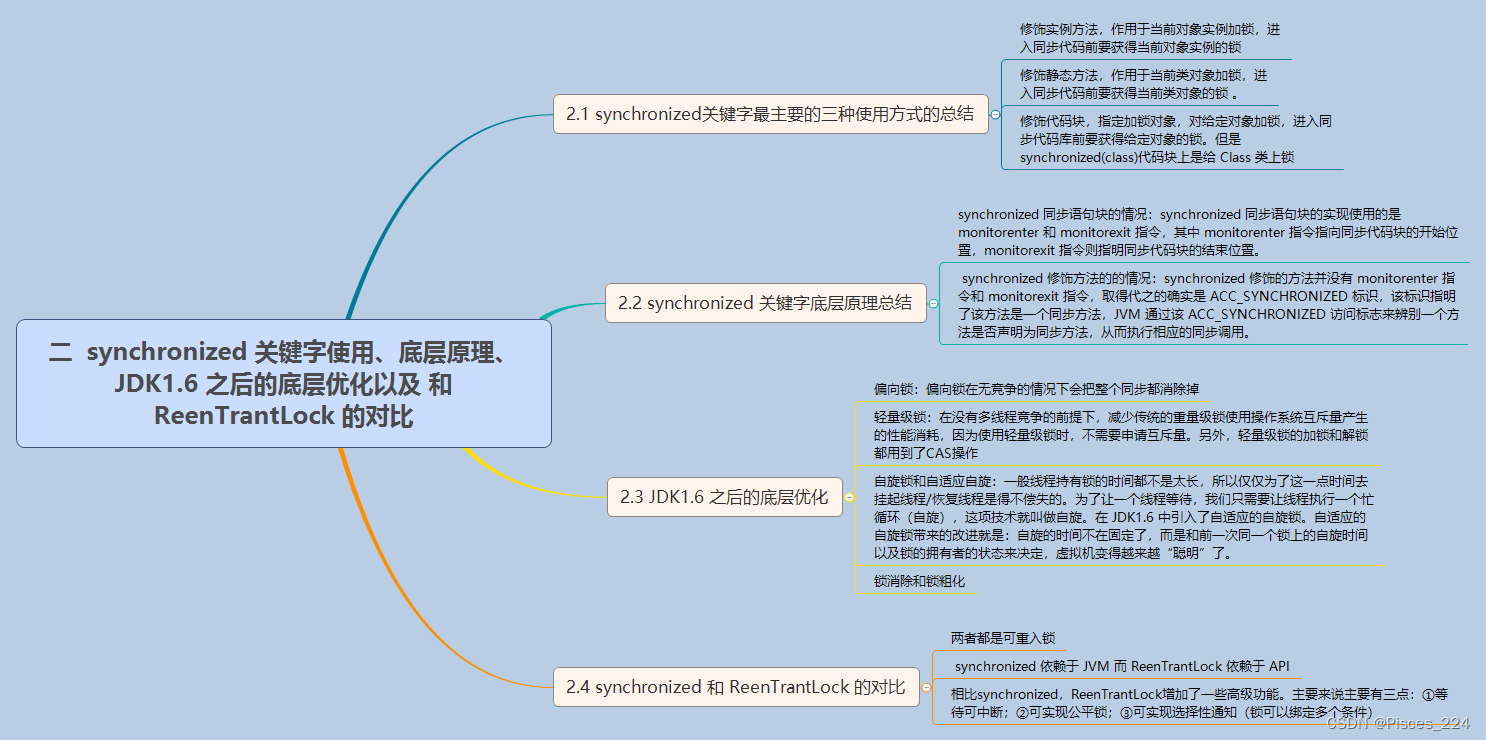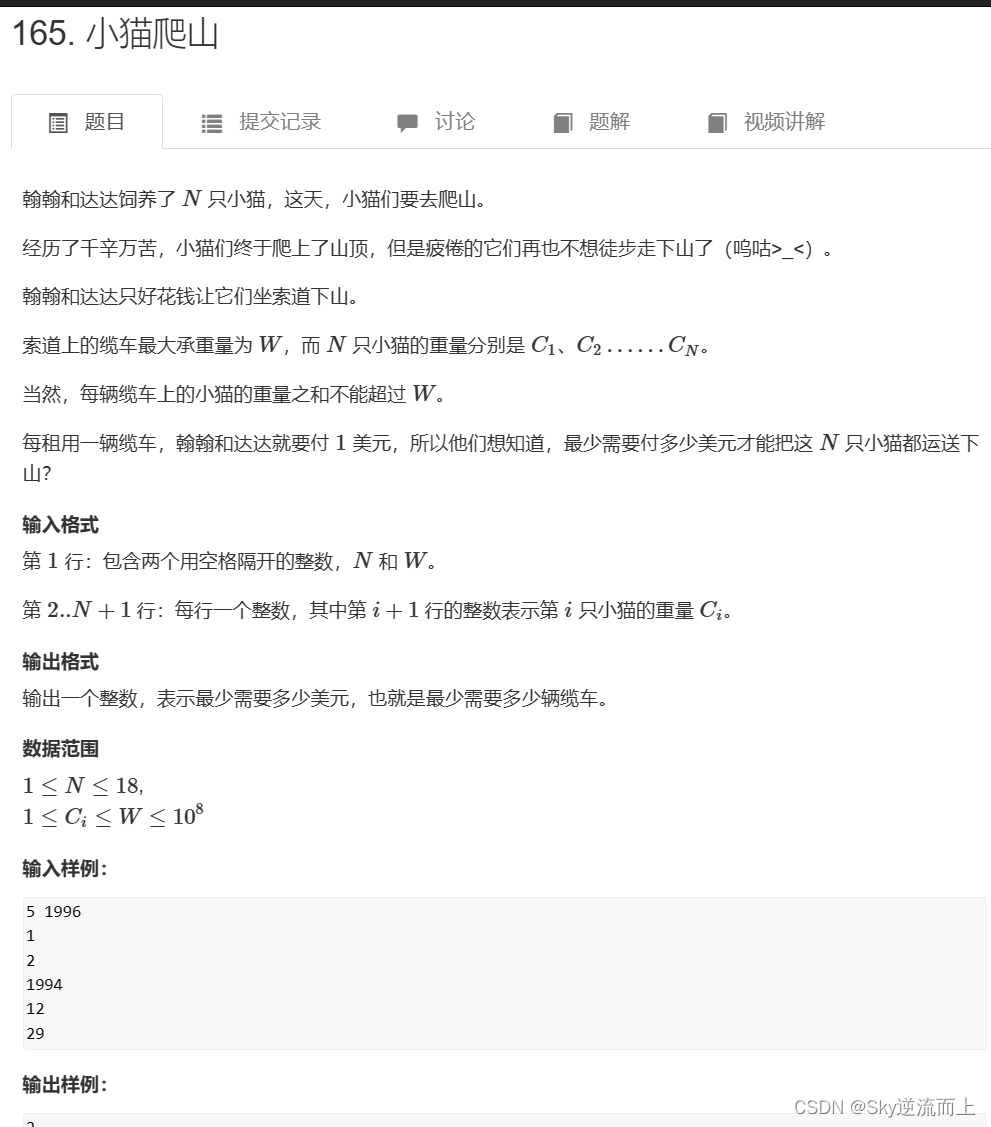笔记
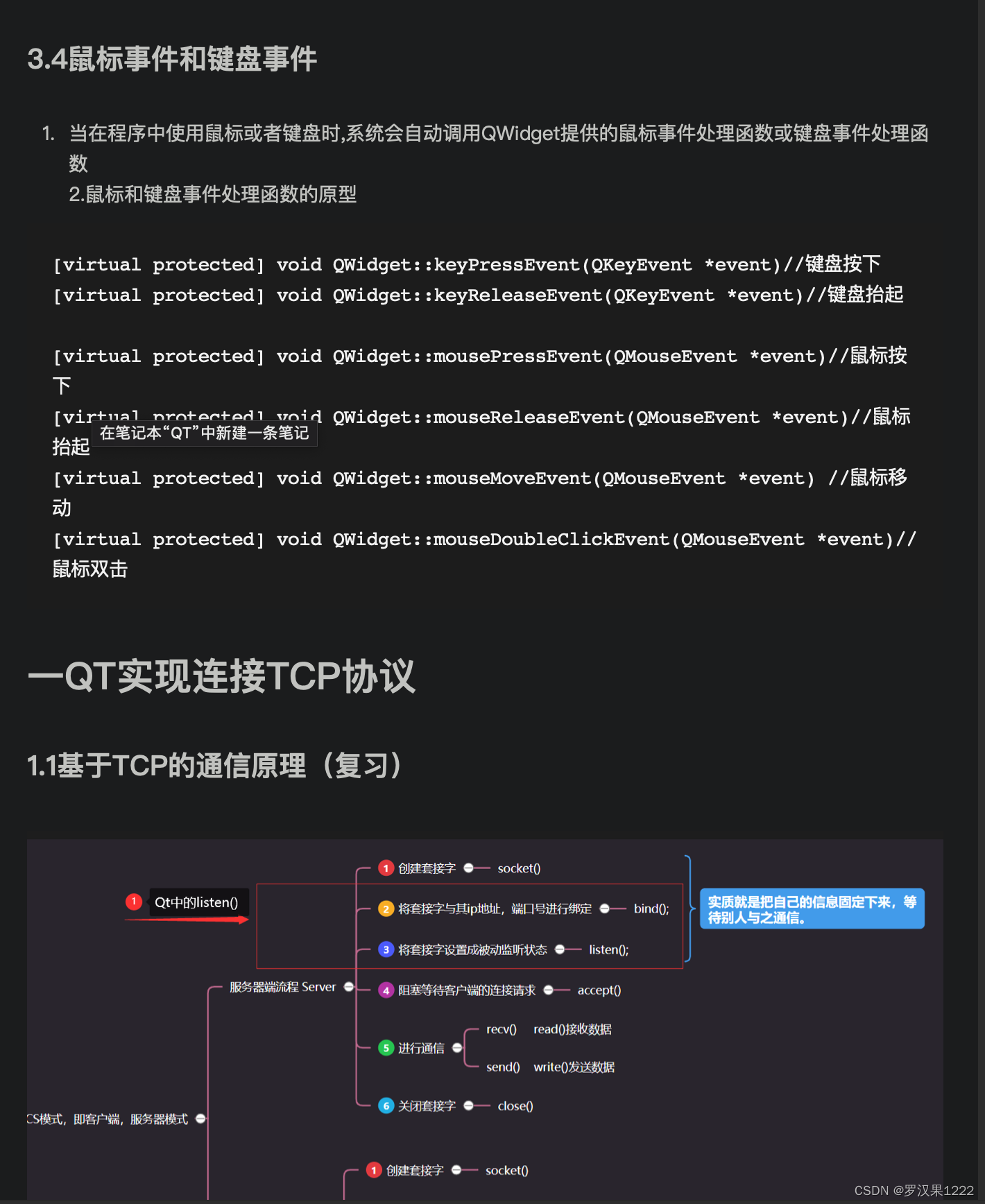
#ifndef WIDGET_H
#define WIDGET_H
#include <QWidget>
#include <QDebug>
#include <QTcpServer>//服务器类
#include <QTcpSocket>//客户端类
#include <QMessageBox>
#include <QList>//链表容器
QT_BEGIN_NAMESPACE
namespace Ui { class Widget; }
QT_END_NAMESPACE
class Widget : public QWidget
{
Q_OBJECT
public:
Widget(QWidget *parent = nullptr);
~Widget();
private slots:
void on_startBtn_clicked();
void newConnection_slot();
void readyRead();
private:
Ui::Widget *ui;
QTcpServer *server;//定义服务器指针
QList<QTcpSocket *> socketList;//定义客户端容器
};
#endif // WIDGET_H
#include "widget.h"
#include "ui_widget.h"
Widget::Widget(QWidget *parent)
: QWidget(parent)
, ui(new Ui::Widget)
{
ui->setupUi(this);
//给服务器指针 实例化空间
server = new QTcpServer(this);
}
Widget::~Widget()
{
delete ui;
}
//启动服务器按钮对应的槽函数
void Widget::on_startBtn_clicked()
{
//获取ui界面上输入的端口号
quint16 port = ui->portEdit->text().toUInt();
//将服务器设置成监听状态
if(server->listen(QHostAddress::Any,port)){
// QMessageBox::information(this,"","服务器启动成功");
qDebug()<<"服务器启动成功";
}else{
QMessageBox::information(this,"","服务器启动失败");
}
//服务器进入了监听状态, 如果有客户端发来连接请求,那么该服务器就会自动发射一个newConnection信号
//我们可以将该信号连接到自定义的槽函数
connect(server,&QTcpServer::newConnection,this,&Widget::newConnection_slot);
}
//处理newConnection信号的槽函数的实现
void Widget::newConnection_slot()
{
qDebug()<<"有新用户连接";
//获取最新连接的客户端套接字
QTcpSocket* s = server->nextPendingConnection();
//将该套接字放入到客户端容器中
socketList.push_back(s);
//此时,客户端与服务器已经建立起来连接
//如果有客户端向服务器发来数据,那么该客户端会自动发射一个readyRead信号
//我们可以在
connect(s,&QTcpSocket::readyRead,this,&Widget::readyRead);
}
//readyRead信号对于的槽函数的实现
void Widget::readyRead()
{
//移除无效客户端
for(int i=0;i<socketList.count();i++){
if(socketList.at(i)->state() == 0){
socketList.removeAt(i);
}
}
for(int i=0;i<socketList.count();i++){
if(socketList.at(i)->bytesAvailable() != 0){
//说明该套接字中有数据
//读取该套接字中的所有数据
QByteArray msgArray = socketList.at(i)->readAll();
//将数据展示到ui->listWidget
ui->msgWidget->addItem(QString::fromLocal8Bit(msgArray));
qDebug()<<QString::fromLocal8Bit(msgArray);
//将数据发送给所有客户端
for(int j=0;j<socketList.count();i++){
socketList.at(j)->write(msgArray);
}
}
}
}
